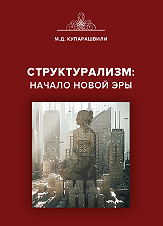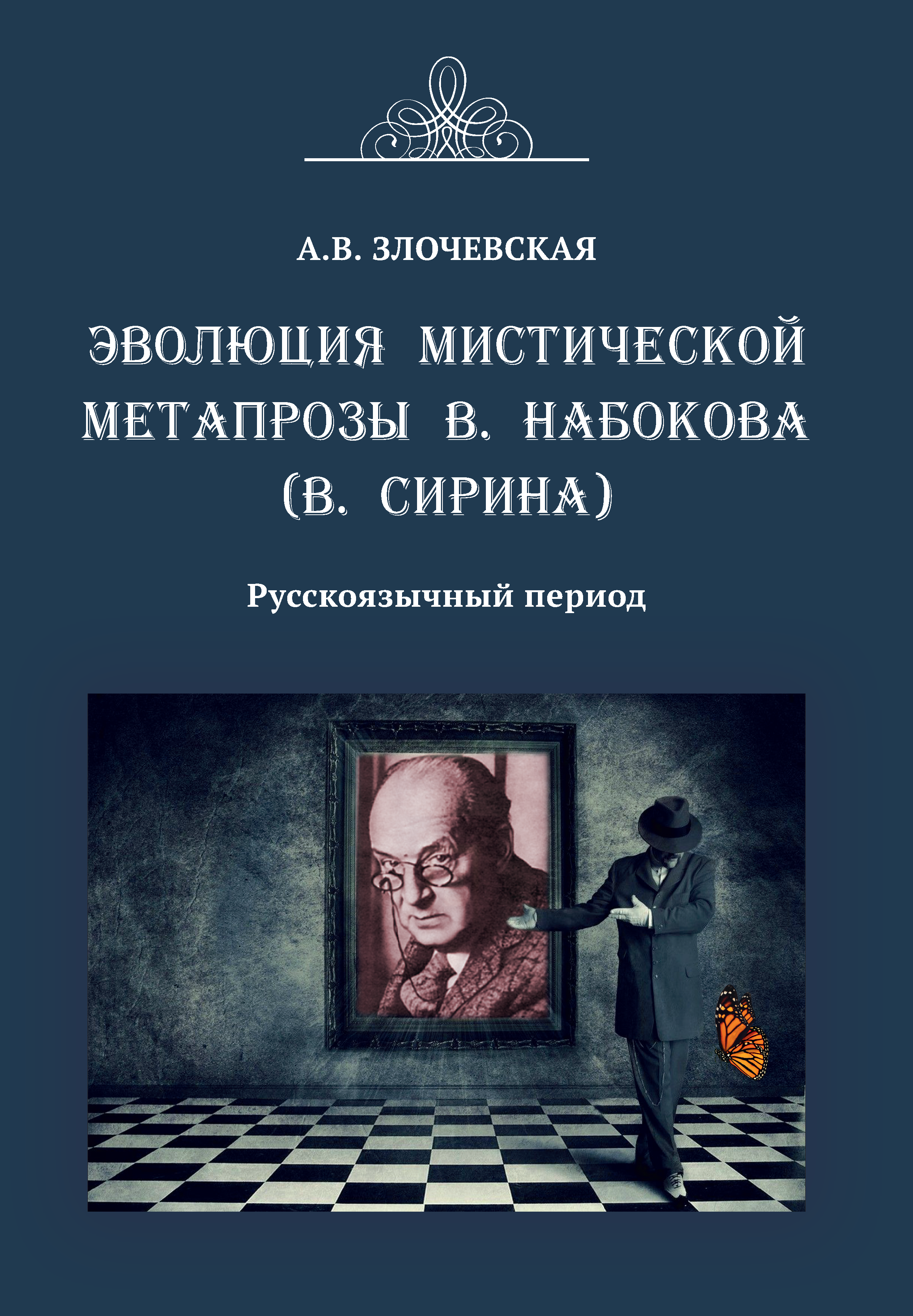UDC 304:378
https://doi.org/10.20339/AM.02-20.046
Fabrice Fosso is PhD student in Sociology at Ural Federal University e-mail: fabricefosso@outlook.com
Presented is the concept of social representations as an important tool in the analysis of symbolic aspects, that individuals share among themselves within society. Also analyzed are theories, as to formation of such. In the paper, firstly, reviewed are some of dominating theories on formation of social representations, their content and structure (core and periphery), and, secondly, proposed are some of their theoretical extensions, by analyzing social objects not linked with higher education, that are often ignored in the study of social representations of higher education and which have significant impact on the way, how students represent higher education of their host country. The author’s conclusion is argued, that social representations do not have a fixed structure, but rather are mutating.
Key words: social representations, higher education, objectivation, anchoring.
References
1. Abric, J.-C. (1996). De l’importance des représentations sociales dans les phénomènes de l’exclusion sociale. In: Exclusion sociale, insertion et prévention. P. 11-17).
2. Bataille, M., & Mias, C. (2002). The representation of the “ideal group”: new central core? Stirling: 6th International Conference on Social Representations.
3. Buchanan, R. F. (2019). International student perceptions of experience in the West. Journal of International Education in Business. No. 12(2). P. 147–166.
4. Jodelet, D. (1989). Représentations sociales : un domaine en expansion. In: Les représentations sociales. P. 31–61.
5. Kalampalikis, N. (2009). Social representations. Anchorages, terrains, tensions (synthesis of authorization to direct research unpublished). Aix en Provence: University of Provence.
6. Melikyan, A. (2018). Internal Factors of Education Export Performance in Russian Universities. Problems of education. No. 3 (1). P. 146–179.
7. Moliner, P. (2001). Formation et stabilisation des représentations sociales. In: La dynamique des représentations sociales. P. 15–41. Grenoble: PUG.
8. Moliner, P., & Marcos, A. (2005). The meaning-generating function of the core of social representations: a questioning? Papers on social representations. No. 14 (1). P. 31–312.
9. Moscovici, S. (1976). La psychanalyse, son image et son public. Paris: PUF.
10. Rateau, P. (1995). The central core of social representations as a hierarchical system, a study on the representation of the group. The International Papers of Social Psychology. No. 26 (1). P. 29–52.
11. Ratinaud, P. (2009). An experimental evidence of the concept of professional representation through the study of ideal group representation. NUANCES: Studies on Education. No. 16 (17). P. 135–150.
12. Rouquette, M.-L. (1994). Sur la connaissance des masses. Grenoble: PUG.
13. Salesses, L. (2005). Attitude effect in the process of structuring a representation social originally as Effet d’attitude dans le processus de structuration d’une représentation sociale. Psychologie française. French Psychology. No. 50 (4). P. 471–485.


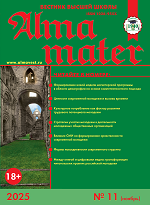
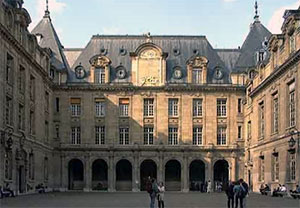
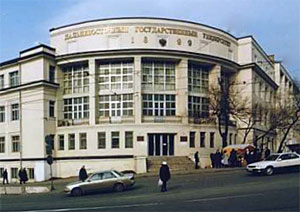
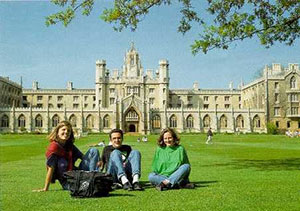
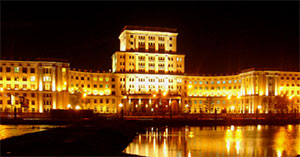
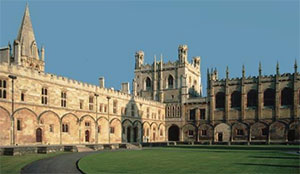
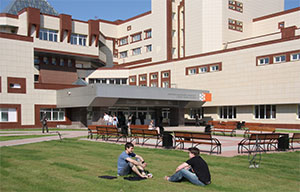


.png)
